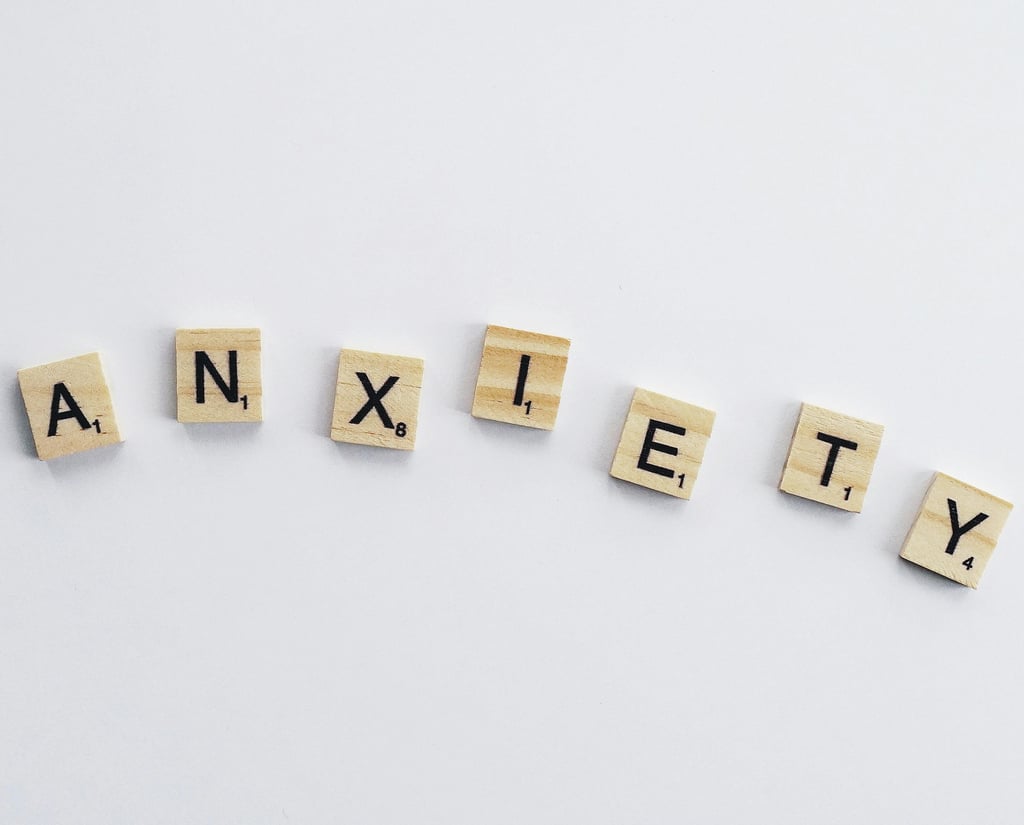For Questions: Text (833)233-0869
Virtual Visit for Anxiety: A Comprehensive Guide


Introduction
Anxiety is a prevalent mental health condition that affects millions of people worldwide. It can manifest in various ways, including generalized anxiety disorder, social anxiety, panic disorder, and more. Traditional therapy and medication have been the go-to solutions for managing anxiety, but with the rise of telehealth, a new option has emerged: virtual visits for anxiety. This comprehensive guide explores the benefits, process, and considerations of opting for a virtual visit to address anxiety.
Understanding Anxiety
Anxiety is more than just occasional worry or stress. It is a persistent condition that can interfere with daily life, causing significant distress. Symptoms of anxiety can include:
Constant worry or fear
Restlessness or feeling on edge
Fatigue
Difficulty concentrating
Irritability
Muscle tension
Sleep disturbances
Recognizing these symptoms is the first step in seeking help, and a virtual visit for anxiety can be an effective way to get the support you need.
What is a Virtual Visit for Anxiety?
A virtual visit for anxiety involves connecting with a healthcare provider through digital platforms, such as video calls, phone calls, or chat services. This approach allows individuals to receive professional care from the comfort of their own homes. Telehealth services have expanded rapidly, especially during the COVID-19 pandemic, making mental health care more accessible than ever.
Benefits of Virtual Visits for Anxiety
Convenience: One of the most significant advantages of virtual visits is the convenience they offer. Patients can schedule appointments without worrying about travel time, taking time off work, or arranging childcare. This flexibility makes it easier to fit therapy into a busy schedule.
Accessibility: Virtual visits break down geographical barriers, making it possible for people in remote or underserved areas to access mental health care. This is particularly important for individuals who may not have local resources available.
Comfort and Privacy: Many people find it easier to open up about their anxiety when they are in a familiar and comfortable environment. Virtual visits allow patients to receive care from their own homes, which can enhance the therapeutic experience.
Continuity of Care: For individuals who travel frequently or have unpredictable schedules, virtual visits provide continuity of care. They can maintain regular appointments with their therapist or psychiatrist, regardless of their location.
Cost-Effective: Virtual visits can be more cost-effective than in-person visits. They eliminate travel expenses and, in some cases, are covered by insurance at similar rates to traditional visits. Additionally, many telehealth platforms offer competitive pricing.
How to Prepare for a Virtual Visit for Anxiety
Preparing for a virtual visit is relatively straightforward but requires some attention to detail to ensure a smooth experience.
Choose the Right Platform: Ensure that you have access to the telehealth platform recommended by your healthcare provider. Common platforms include Zoom, Skype, and specialized telehealth services like Teladoc or BetterHelp.
Check Your Technology: Make sure your computer, tablet, or smartphone is equipped with a working camera and microphone. Test your internet connection to avoid technical issues during the session.
Create a Private Space: Find a quiet, private space where you can speak openly without interruptions. Inform family members or housemates about your appointment to minimize disruptions.
Prepare Your Questions: Write down any questions or concerns you have before the session. This will help you make the most of your time with the healthcare provider.
Have Relevant Information Ready: Be prepared to discuss your medical history, current medications, and any previous treatments you have tried for anxiety.
What to Expect During a Virtual Visit for Anxiety
During a virtual visit, the process is similar to an in-person appointment. Here’s what you can typically expect:
Introduction and Rapport Building: The session will begin with introductions and rapport building. The healthcare provider will make an effort to create a comfortable and trusting environment.
Assessment: The provider will conduct a thorough assessment of your symptoms, medical history, and any current medications. They may ask about the duration and intensity of your anxiety, as well as any triggers or patterns you have noticed.
Diagnosis and Treatment Plan: Based on the assessment, the provider will offer a diagnosis and discuss a treatment plan. This may include therapy, medication, lifestyle changes, or a combination of these approaches.
Therapeutic Techniques: If the session includes therapy, the provider may use techniques such as cognitive-behavioral therapy (CBT), mindfulness, or other evidence-based practices to help you manage your anxiety.
Follow-Up: The provider will discuss follow-up appointments and any additional resources that may be helpful. They may also recommend self-help strategies or apps to support your treatment.
Types of Therapy Available in Virtual Visits
Several types of therapy can be effectively delivered through virtual visits, including:
Cognitive-Behavioral Therapy (CBT): CBT is a widely used approach that focuses on identifying and changing negative thought patterns and behaviors. It is highly effective for treating anxiety.
Mindfulness-Based Stress Reduction (MBSR): MBSR incorporates mindfulness techniques to help individuals become more aware of their thoughts and feelings, reducing the impact of anxiety.
Dialectical Behavior Therapy (DBT): DBT combines CBT with mindfulness and is particularly useful for individuals with severe anxiety or co-occurring conditions.
Acceptance and Commitment Therapy (ACT): ACT encourages individuals to accept their thoughts and feelings rather than fighting them, while committing to actions that align with their values.
Exposure Therapy: Exposure therapy involves gradually facing anxiety-provoking situations in a controlled manner, helping individuals build tolerance and reduce fear.
Considerations and Challenges
While virtual visits for anxiety offer many benefits, there are some considerations and potential challenges to keep in mind:
Technology Barriers: Not everyone has access to reliable internet or the necessary devices for virtual visits. This can be a significant barrier for some individuals.
Privacy Concerns: Ensuring privacy during a virtual visit can be challenging, especially for those living in shared spaces. Finding a quiet and confidential environment is crucial.
Connection and Rapport: Building a strong therapeutic relationship can be more challenging through a screen. However, many providers are skilled at creating a warm and empathetic environment virtually.
Insurance and Costs: While many insurance plans now cover telehealth services, it’s essential to verify coverage and any potential out-of-pocket costs.
Emergency Situations: Virtual visits are not suitable for emergency situations. Individuals experiencing a mental health crisis should seek immediate in-person care or contact emergency services.
The Future of Virtual Visits for Anxiety
The future of virtual visits for anxiety looks promising. As technology continues to advance, telehealth platforms are becoming more sophisticated, offering features like secure messaging, virtual support groups, and integrated health tracking. Additionally, the increased acceptance and normalization of virtual mental health care are likely to continue, making it a standard option for many individuals.
Research into the effectiveness of virtual visits for anxiety is also ongoing, with many studies showing positive outcomes. As the evidence base grows, more healthcare providers are likely to adopt and recommend virtual visits as a viable option for treating anxiety.
Conclusion
Virtual visits for anxiety represent a significant advancement in mental health care, providing convenient, accessible, and effective treatment options for individuals struggling with anxiety. By understanding the benefits, preparing adequately, and knowing what to expect, patients can make the most of their virtual visits and take meaningful steps towards managing their anxiety. As technology and healthcare continue to evolve, virtual visits are poised to become an integral part of the mental health landscape, offering hope and support to those in need.
